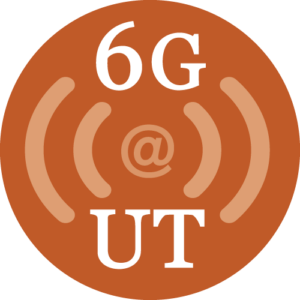“State lawmakers may decide to ban drone surveillance of private property in Texas. A University of Texas professor fears that bill could hurt the research being done on those eyes in the sky. The university has an $80,000 drone that has been used by engineering professor Todd Humphreys to prove that the security of drones can be compromised.
“We showed that you can hack into a GPS system of one of these drones and like a tractor beam you can bring it down out of the air.” But, using that technology could be prevented in the future.
State Representative Lance Gooden (R, District 4) has introduced a bill called ‘The Texas Privacy Act’ that would ban drone surveillance of private property by everyone from aviation hobbyists to law enforcement.”
Continue reading the myFOXaustin article that features a video interview with Dr. Humphreys.







